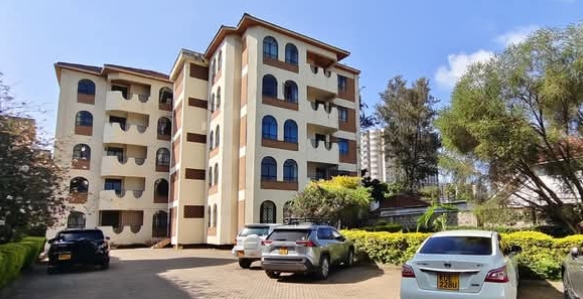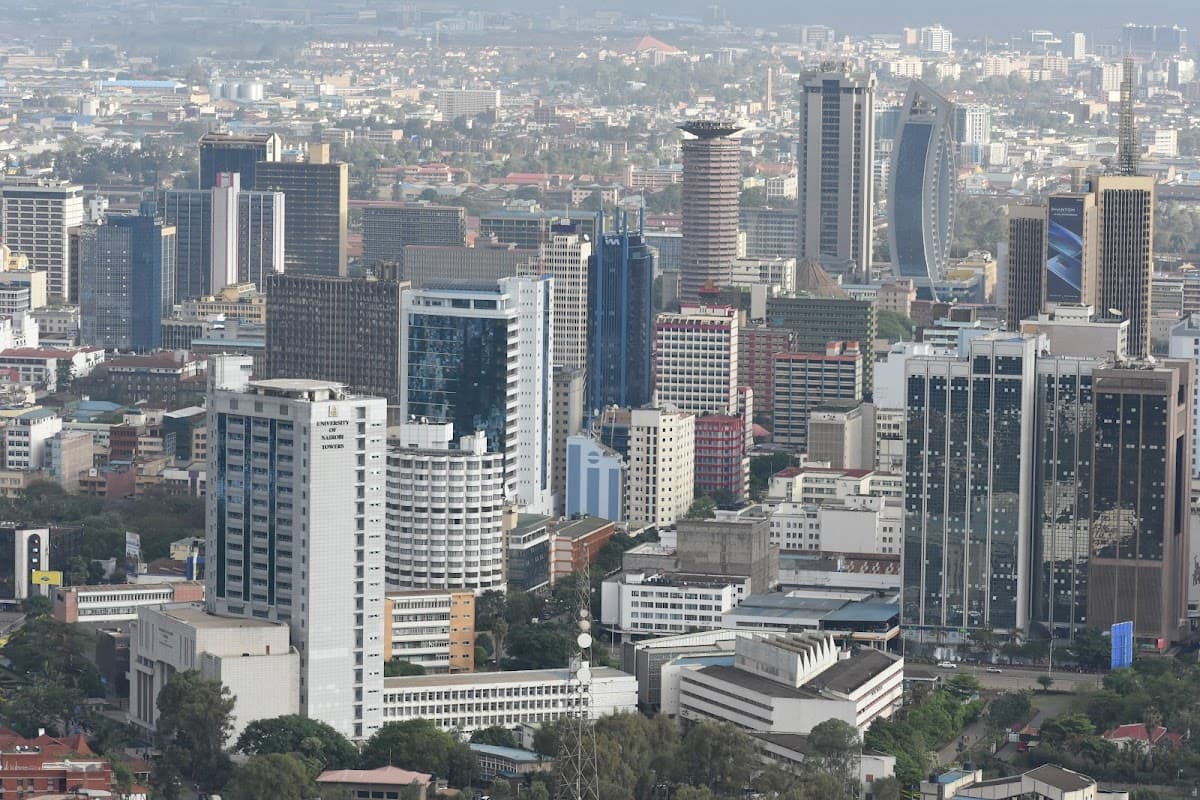The Kenya National Bureau of Statistics (KNBS) has revealed the average rent paid by tenants in Nairobi.
In the report released on Tuesday, January 14, KNBS categorized the salaries ranging on the various types of houses within the city.
For instance, for apartments/flats, Nairobi residents pay an average of Ksh7,500 per month for bedsitters while those who live in one-bedroom apartments pay Ksh8,500.
Tenants in two-bedroom apartments pay Ksh15,000 while the average rent for four-bedroom apartments was Ksh30,000.
For single-stand houses, Nairobi tenants pay Ksh13,000 for one bedroom while the average rent for two-bedroom houses was reported to be Ksh18,000.
On the other hand, Nairobi residents pay Ksh65,000 for three-bedroom bungalows.
"In Nairobi City, households paid Ksh70,000 for a three-bedroom townhouse and Ksh65,000 for a three-bedroom bungalow," read the report in part.
Compound Where Tenants Share Facilities.
The average rent for studios was reported at Ksh8,000 while one-bedroom was reported to be charged at Ksh6,000.
Two-bedroom in these compounds are charged at Ksh9,000.
Compound Where Tenants Have Facilities in Their Houses.
Landlords charged tenants Ksh7,750 for bedsitters and Ksh9,000 for one-bedroom. Rent for two-bedroom units was reported to be Ksh10,000.
Shanty.
Meanwhile, KNBS documented rent for a one-bedroom shanty at Ksh2,500.
As we reported, Every year, various estates within the Capital City, Nairobi and its neighbouring 14 satellite towns witness significant price growth occasioned by growing demand.
Notably, as witnessed in recent years, the focus is slowly shifting to satellite towns as city dwellers seek to buy land in towns that offer cheaper prices.
As of September 30, Thika had become one of the top hotspots for land buyers seeking to build in satellite towns.
The Kiambu County government's recent announcement of a new masterplan to transform the town into an industrial smart-city has seen developers race to take up land in anticipation of a potential jump in demand for housing and commercial outlets in the area.
The average price of an acre in Thika, was Ksh28.6 million at the end of September 2024.
Among the 14 satellite towns, Limuru was also a top destination for land buyers.
The demand in Limuru was occasioned by affordability and the high returns for land investors.
Satellite towns are driving the revival of land as a competitive asset class with an average annual growth of over 10 percent.
Developers have also shown a preference for areas whose prices are lower than the satellite town average of KES 28.8 million, as they keep an eye on overall costs due to higher building input prices.
Currently, an acre of land in Limuru averages Ksh23.9 million.
Another satellite town that attracted Kenyans seeking land was Mlolongo.
The increase in demand for land in the area was occasioned by the infrastructural development near the area. This included the Nairobi Expressway.
Such infrastructural projects not only made the town accessible but also increased the land value.
For instance, the average price of an acre in January was Ksh39.9 million. By the end of September 2024, the same size was averaging Ksh 43.2 million.
Mlolongo continued to enjoy the benefit of easier access to the city via the Nairobi Expressway, with the area mix of residential and land industrial developments helping sustain demand for land.
Among the Nairobi suburbs, Langata recorded significant demand throughout the year.
This is also witnessed in the 8.4 percent annual growth for land prices.
The demand in Lang’ata was occasioned by the affordability of land in comparison with other suburbs such as Lavington and Muthaiga among others.
As of September 31, an acre of land in the area was retailing at Ksh85.5 million.
The leading suburbs in quarterly land price growth have emerged as the city's hotspots for apartment and mixed-use developments, hence the demand-driven price increase.
An acre of land in Upper Hill was the most expensive in Nairobi and the satellite towns.
At the end of September, an acre of land was priced at Ksh506 million. However, despite the high price, there was a high demand for land in the area.
This was occasioned by the increased uptake of office spaces within the area.
The resurgence of land price in Upperhill, which posted its fastest quarterly gain since the fourth quarter of 2014 underpins the uptake of remaining current grade A office space formerly oversupplied, as well as Upper Hill’s recent positioning for successful residential real estate.







